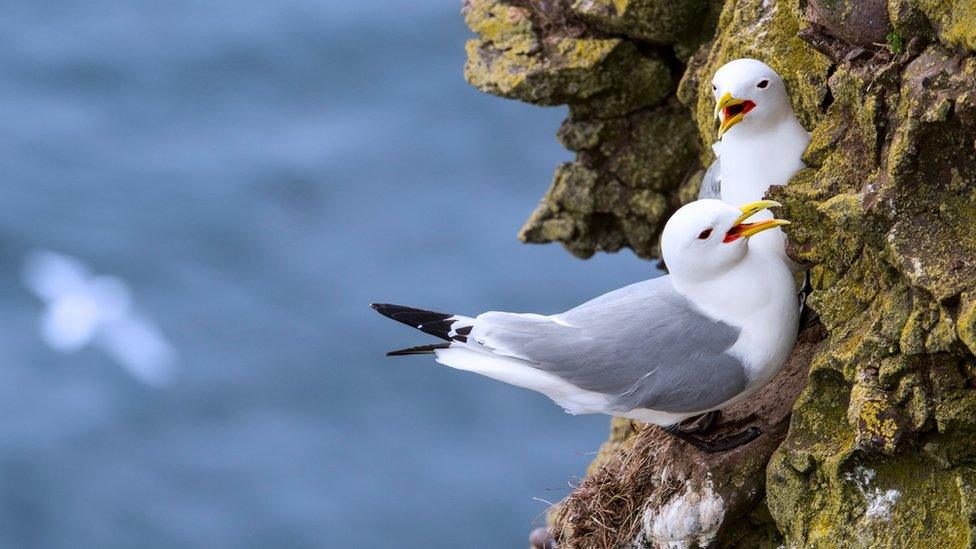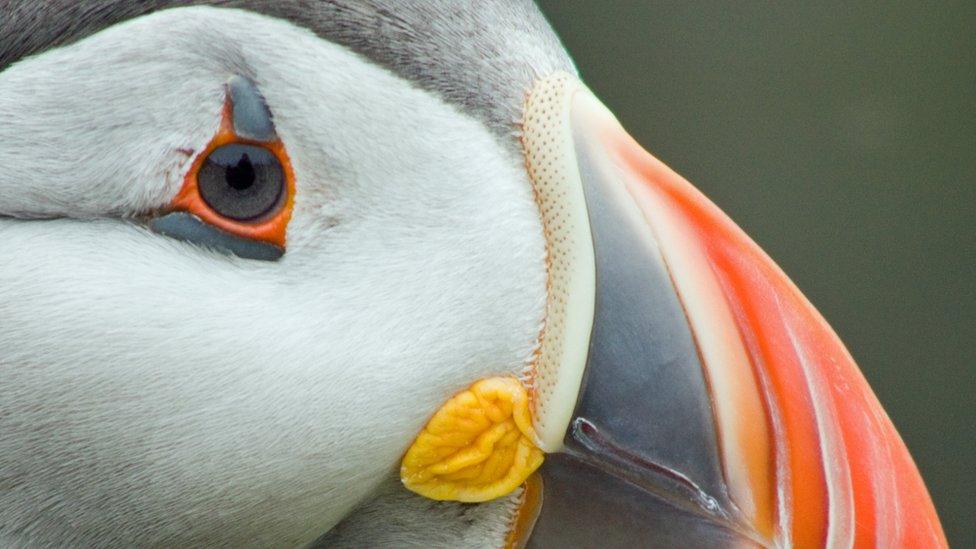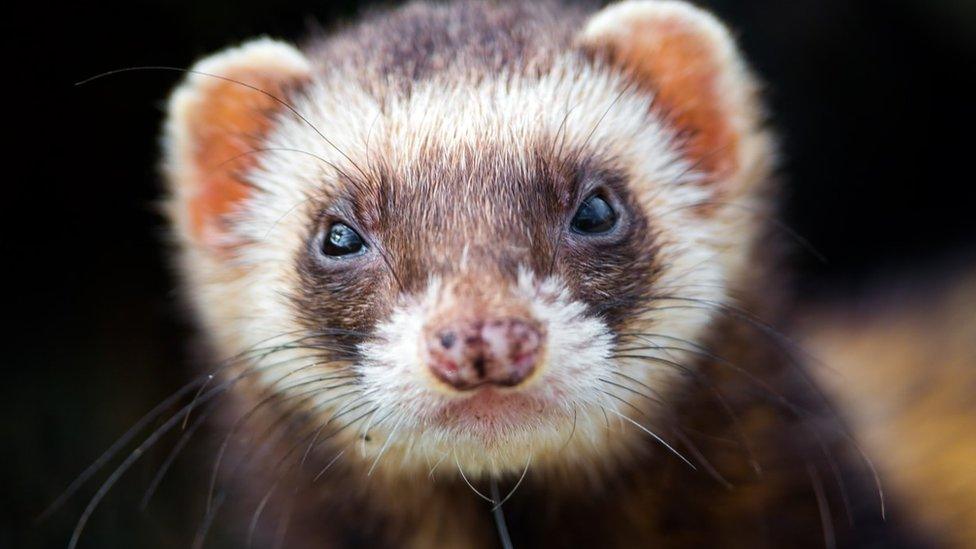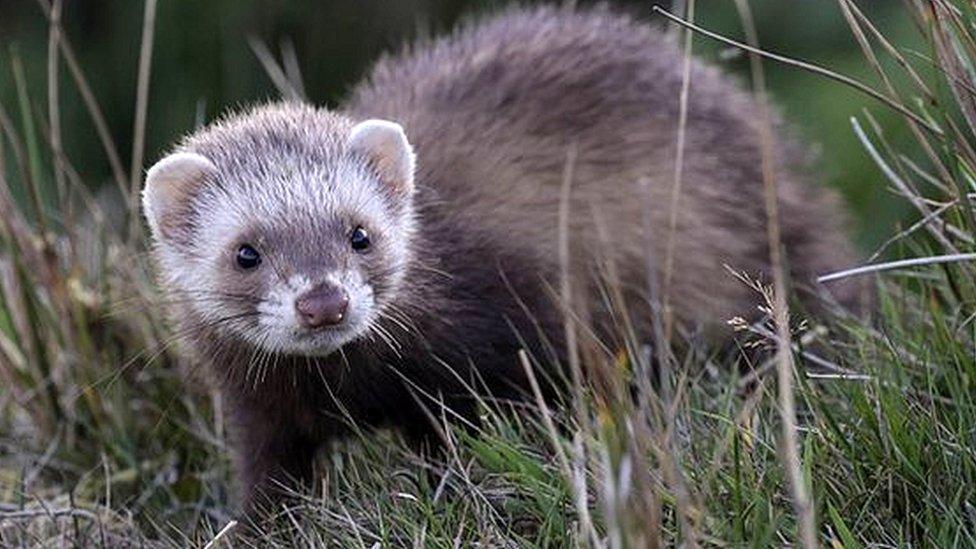Northern Ireland bucks trend with some seabird species on the rise
- Published

Black-legged kittiwake numbers are soaring
Northern Ireland has bucked the trend for some seabirds which have shown a decline elsewhere in the UK and Ireland.
Seabirds Count, external, the fourth census of the 25 regularly-breeding species in the UK and Ireland, show nine species increasing.
They include a 23% rise in black-headed gull numbers and a 33% rise in black-legged kittiwake in Northern Ireland.
However, the puffin has shown a significant decline.
While the Arctic tern is in decline at overall census level, it is considered stable across the island of Ireland.
More than three-quarters of the species that breed in Ireland have shown increases in the past 20 years.

The chief executive of Birdwatch Ireland said puffin numbers are in "very worrying" decline
The survey was carried out between 2015 and 2021 and included more than 10,000 breeding colonies.
It was led by the Joint Nature Conservation Committee (UK) with more than 20 other partners.
The species surveyed include Atlantic puffins, kittiwakes and razorbills, as well as rare breeding species like the yellow-legged gull.
The island of Ireland is particularly important for species such as the roseate tern and European storm-petrel, as 94% and 73% of the total populations are bred here.
Seventeen species in Ireland have increased, with two declining.
There is confidence in the trends for 21 species.
Of those, across the entire UK and Ireland, 11 show a decline since the last survey in 1998 to 2002, with results differing "significantly" by region or country.

Predators such as ferrets play a part in the decline of some species
Conservation efforts are linked to the increasing populations of some species.
The causes for decline vary but predation is a prevalent theme, with both native and invasive predators playing a part.
The chief executive of Birdwatch Ireland said the increase in terns was "heartening", but the decline in puffin numbers was "very worrying".
Linda Lennon called for better monitoring and research to support the "iconic" species.
Related topics
- Published5 July 2023

- Published10 September 2021
